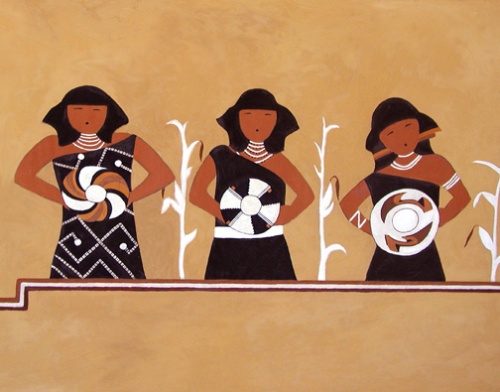In 1947 Ella Fitzgerald, already an acclaimed singer of jazz standards, toured with Dizzy Gillespie, immersing herself in the new style known as bebop. Like Dizzy, Ella responded to bebop’s complex harmonies with an infallible ear, and easily translated its fast-moving lines.
Late that year she recorded a deeply bop-inflected version of How high the moon that was based on one of her offhand improvisations. The producer Milt Gabier recalled “We taped it in my office on a little tape machine. We had the arrangement written from that, then she came in and did it.”
Adorned with sly musical references to Charlie Parker, Ella’s playful rendition begins with a straight version of the song before doubling the tempo and switching the lyrics: “How high the moon is the name of this song/How high the moon, though the words may be wrong.” A superb scat improvisation follows that is wholly colored by bop.
This according to Ella Fitzgerald: A biography of the first lady of jazz by Stuart Nicholson (London: Routledge, 2014 [updated edition]).
Today is Ella Fitzgerald’s 100th birthday! Above, Ella and Dizzy in 1947, the year of the recording; below, the recording itself.





